How automatic interplanetary stations are killed
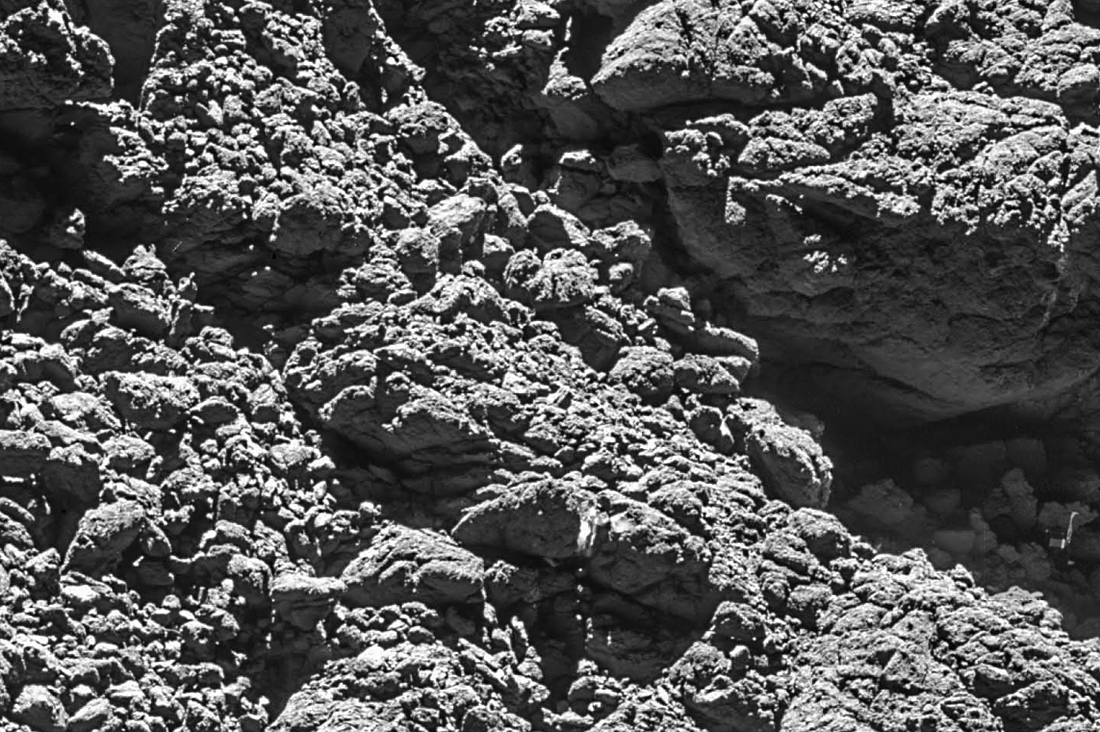
Spacecraft are complex devices that operate in the harshest conditions. When launching, there is always the danger of a rocket crash, a structural error may appear in flight, an erroneous program may be transmitted to the board, electronics may malfunction from galactic particles and solar flares. But if the station is designed correctly, the electronics are radio-resistant, the programs are checked, and the entire flight is successful, then who will put an end?
On September 30, 2016, one of the most interesting research programs in the interplanetary space in the XXI century, Rosetta and Philae, ended. Launched in 2004, a pair of spacecraft set off into deep space. Twice space paths brought them back to Earth for a gravitational maneuver, once to Mars. Along the way, two meetings with the asteroids Steins and Lutetia took place, and finally the main stage of the scientific program began - a rapprochement with the comet 67P / Churyumova-Gerasimenko. Rosetta entered the orbit of the comet's nucleus, approached several kilometers, analyzed the gases, looked at the dust under the microscope and determined its composition, isolated organic compounds, studied the gravitational and magnetic fields. Philae went further - landed on the comet. And the entry into orbit and landing took place for the first time in the history of astronautics. But even the most successful experiments end sooner or later, and their hour has come.
The Rosetta team considered several options for stopping research. There was a great temptation to continue as long as possible. But the comet was moving away from the Sun and the spacecraft solar panels could not fully support the operation of the onboard systems. It was possible to simply turn off the apparatus, and then it would turn into a man-made asteroid that continued its flight in the orbit of a comet, gradually and unpredictably moving away from it from the gravitational perturbations of the surrounding planets. In the end, Rosetta chose the fate of her partner Philae - landing on a comet and staying there until the sun's rays finally evaporate the cometary core and turn it into a stream of dust. It will take centuries, so with this inseparable couple we say goodbye, most likely forever.
')
Rosetta and Philae are far from the first interplanetary travelers, whose fate was decided in distant Mission Control Centers on Earth. Three years earlier, the Herschel space telescope was completed. The telescope flew at a distance of 1.5 million km from Earth in the direction opposite to the Sun. He studied the solar system, the galaxy, and the universe in the far infrared light wave.
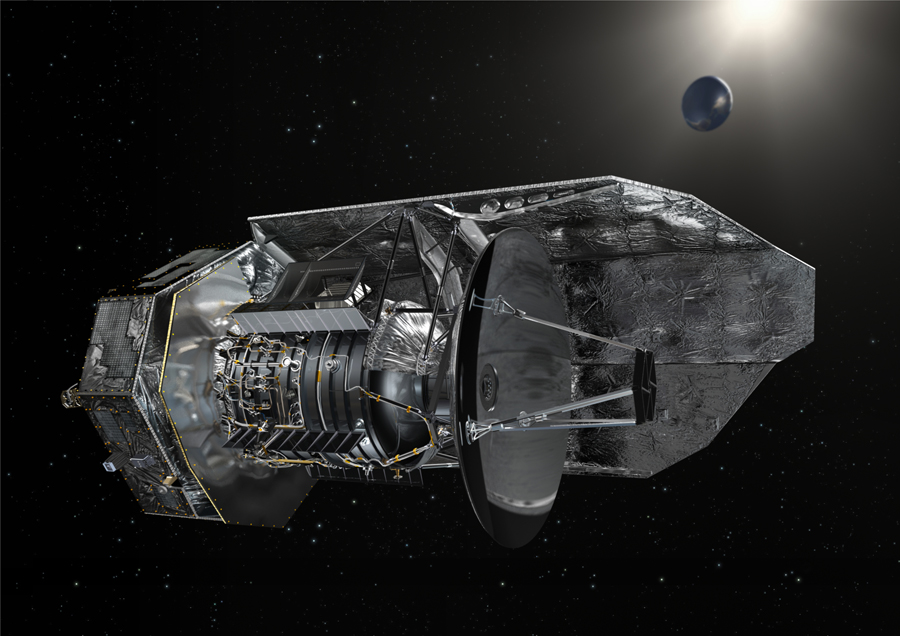
To implement the scientific program, the telescope detector required cooling to ultra-low temperatures, which liquid helium provided. It is a very volatile gas, which was gradually released into space. As a result, the gas supply dried up, and the telescope lost its operability, despite the functioning of all other systems. The creators of the telescope had to choose from two options: to break the apparatus on the surface of the moon, or leave it in free flight around the sun. A blow to the moon would have provided more knowledge about the composition of the soil, but this work required the participation of a large group of scientists, which was not part of the mission’s budget. Therefore, we chose the simplest and cheapest option: sent a telescope in orbit around the Sun in the form of a rare asteroid. Now the Earth can not wait to see him in the next few million years.
Completion of the flight by hitting the moon - most often the lot of circumlunar spacecraft. For example, such as NASA GRAIL. A pair of small satellites circled our natural satellite, collecting data on the heterogeneity of the gravitational field, until it finally completed its way to hitting the oncoming mountain.
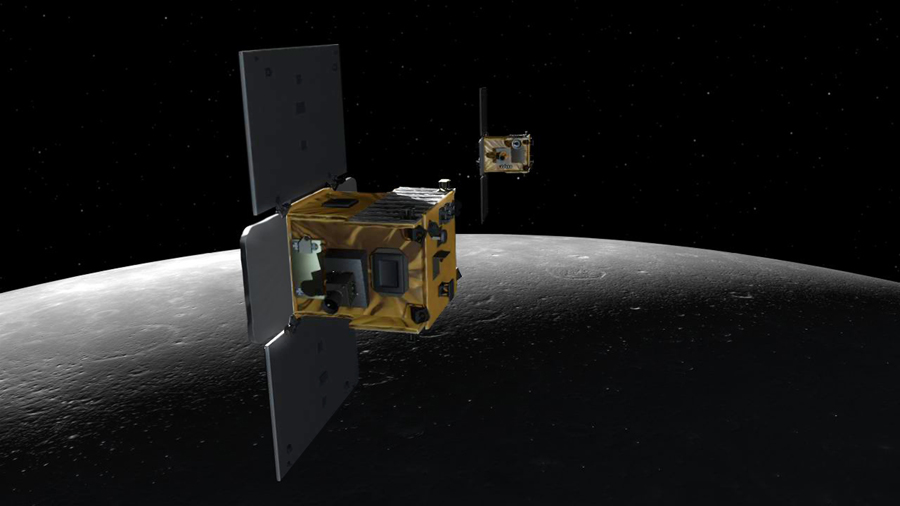
There is another rule that guides the creators of automatic interplanetary stations - the Doctrine of planetary security. It states that robots sent from Earth to neighboring satellites and planets should not become carriers of terrestrial microorganisms. This tradition comes from the fantastic works in which our microbes carried death to the Martians. There is a pragmatic sense in this norm: so future researchers are insured against the error of detecting the life on earth on other planets.
For the sake of observance of the reliability of experiments, before the start of the station they are disinfected, but 100% purity cannot be achieved. The space environment is not the most favorable place to live, but thanks to Apollo 12 and the Biorisk experiment we know that microbes in space can survive. Therefore, the last line of defense is the method that will kill the interplanetary probe and unwanted passengers on it. At least they hope so, because there is no other way to get rid of earthlings.
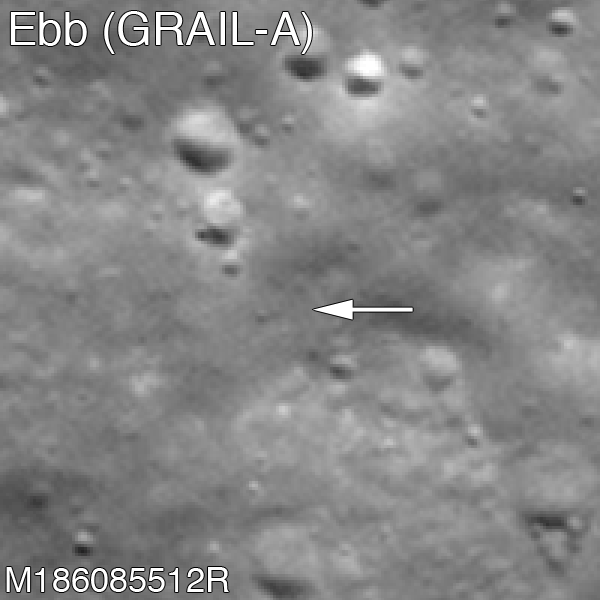
From 2008 to 2015, the Messenger spacecraft studied the planet Mercury closest to the Sun. Because of its location, this planet is perceived to be dry and lifeless, so no one was afraid of contamination by Mercurians. However, one of the sensational discoveries of the station was the water on Mercury. It remains in the form of ice and only in the polar regions, but the terrestrial bacteria cannot be left with the slightest chance, therefore, in the best Hollywood traditions, they decided to get rid of them by means of an explosion.
The working orbit of the Messenger was maintained by a rocket engine. When the fuel came to an end, the “last exhalation” of the marching propulsion system sent the spacecraft to a fatal encounter with the Mercury mountain range. A collision at a speed of 3 km / s left no chance for possible earthly envoys.
But they managed to look at the surface of Mercury from an extremely close distance - about 40 km.
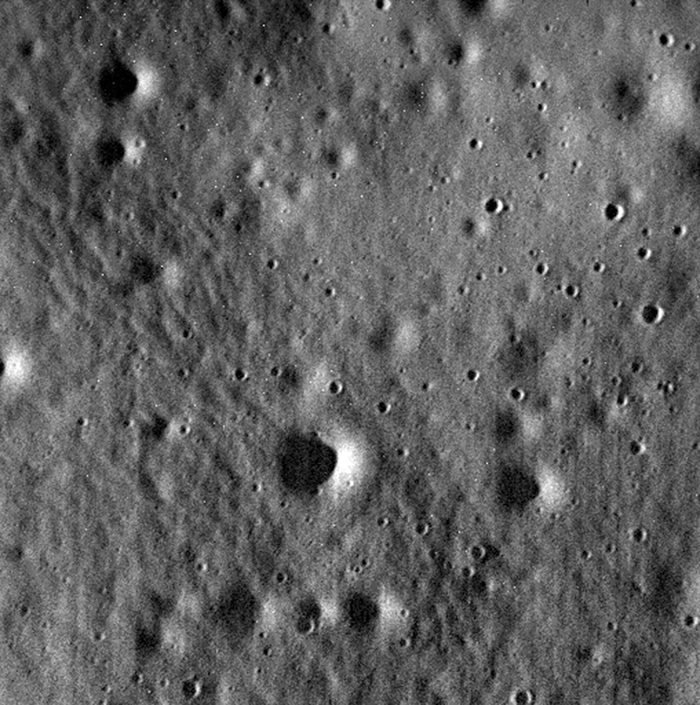
Even more dramatic events developed in 2003 at a distance of 600 million kilometers from the Sun. The Galileo research probe spent eight years uncovering the secrets of Jupiter and its many satellites. To preserve the purity of the ice of Europe, Ganymede and Callisto, scientists decided to send the station to the depths of the gas giant.

Due to the strong gravity of Jupiter, the speed of the spacecraft in its orbit is very high. Galileo revolved around the giant planet at speeds up to 51 km / s. At about the same speed, the probe went to meet his fiery death. The dense atmosphere of Jupiter and the high speed of the probe led to the fact that it was completely destroyed and practically evaporated even in the upper layers of the atmosphere. Now we probably don’t even know if Jupiter has a solid core, and if there is, then the local conditions are incompatible not only with life, but also with some of our knowledge of physics, therefore, no one has any fear that terrestrial microorganisms will pollute the surface. A new research station, Juno, is currently operating in the near-Peterpine orbit. She should understand better the deep structure of the planet, and after about a year her fate awaits Galileo - destruction in the atmosphere.
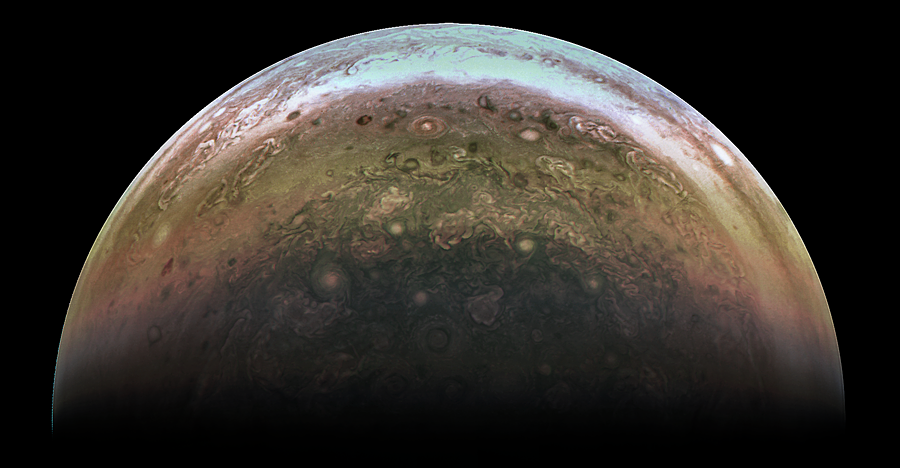
And “not far” from Jupiter, in the asteroid belt, the work of another automatic interplanetary station Dawn is now coming to an end. Since 2011, she has conducted research on the largest asteroid, Vesta, and since 2015, the dwarf planet Ceres. The fuel supply would have allowed it to go further, but the scientists decided to stop the scientific program using the Messenger method - a blow to the surface. However, while Dawn continues to study, and even from a low orbit, he moved to a higher one, which will allow him to work longer. The fate of the probe will be decided when the officials agree with the scientists to extend the mission or finish.
Of course, such a manner of scattering functional, and unique spacecraft looks strange. But there is such a practice and rational reasons. Any scientific mission in the interplanetary space is always a completely unprofitable and expensive event. The benefits are estimated in the novelty of scientific evidence and the significance of the discoveries made. When all that can be studied is studied, and “the cow ceases to give milk,” the question is raised about the advisability of further financing the project. Successful missions almost always process the budgeted program duration and require additional funding. For example, this year extended the work of the program “Radioastron” after five successful years of work.
Sometimes there are other motives, the Opportunity rover has been traveling for the thirteenth year, largely because the brave traveler became a public favorite, and any attempts by officials to stop his work are perceived as an attempt on the national hero.
For the scientific team that designed the spacecraft, led to the desired orbit and worked “side by side” for many months or years, and practically connected with its space pet, the only consolation could be the prospect of doing even more interesting and ambitious tasks in studying the Universe.
Source: https://habr.com/ru/post/399485/
All Articles